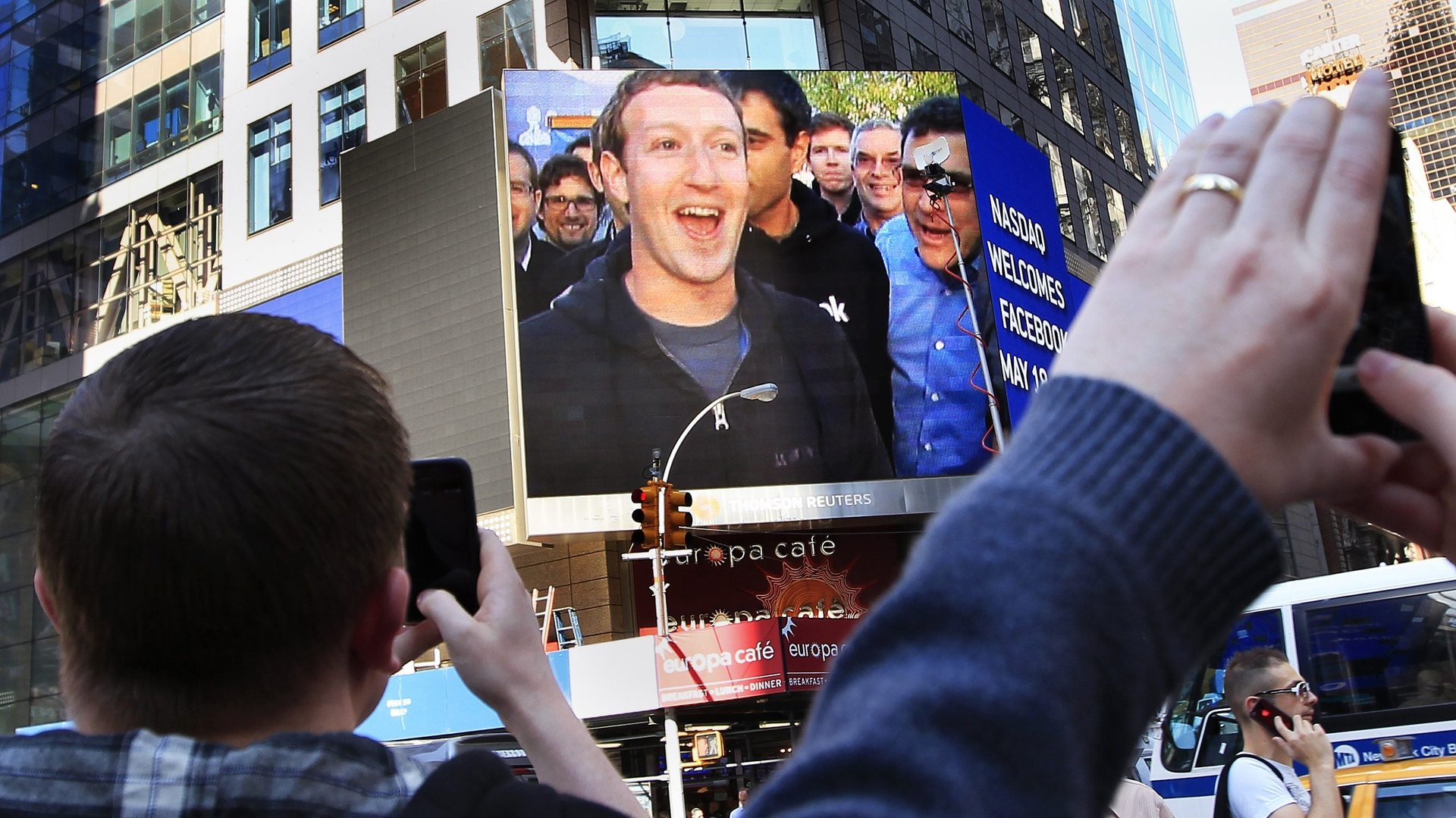Almost all the traffic to fake news sites is from Facebook, new data show
Sites that publish fake or hyperpartisan news are almost completely reliant on Facebook for their readership, according to data collected by the marketing analytics firm Jumpshot.


Sites that publish fake or hyperpartisan news are almost completely reliant on Facebook for their readership, according to data collected by the marketing analytics firm Jumpshot.
The company found that several of these sites get over 70% of their desktop-device traffic from Facebook referrals. By contrast, established news sites, like the New York Times, get less than 30% of their desktop traffic from the social network. Jumpshot collected data from over 20 fake, hyperpartisan, and established news sites between September and November.
In total, Jumpshot found that fake and hyperpartisan news sites got 50% of their traffic from Facebook, while the news publishers it looked at relied on Facebook for 20% of their traffic. The analytics firm also found that that fake news was equally popular in both Republican and Democrat states, based on how those states voted in the 2016 presidential election.
Poynter has a rundown of the egregiously false news items published by some of these outlets.
The data suggest that Facebook is a key distributor of fake news—as well as news from legitimate sources. The company’s founder and chief executive, Mark Zuckerberg, has pooh-poohed the idea that fake news on his social network influenced the election. This sparked outrage and led to a statement about new initiatives to tackle the problem.
It’s worth noting that many digital-only news publishers get a high proportion of their traffic from Facebook. For instance, web traffic analytics firm SimilarWeb found that 45% of BuzzFeed’s traffic originated from desktop users of Facebook in the first quarter of 2016. Facebook also referred a similar proportion of traffic to Vice.com. Facebook sent 27% of traffic to qz.com, according to SimilarWeb. The analytics firm Parsely found that Facebook accounts for just over 40% (pdf) of all traffic, making it the top referrer, in a sample of 200 publishers over a two-week period in January 2016.
But even though most digital outlets get a large proportion of their traffic from Facebook these days, the new data show that the network has an outsize role, even compared to other digital outlets, in driving traffic to fake news sites.
The only silver lining? Younger consumers of social media seem to be more savvy about it. Jumpshot found that millennials were 16% less likely to click on a fake news item that appeared on Facebook than the rest of the population.